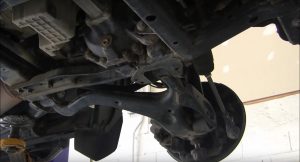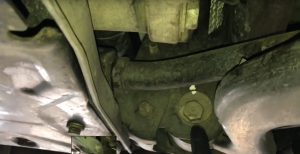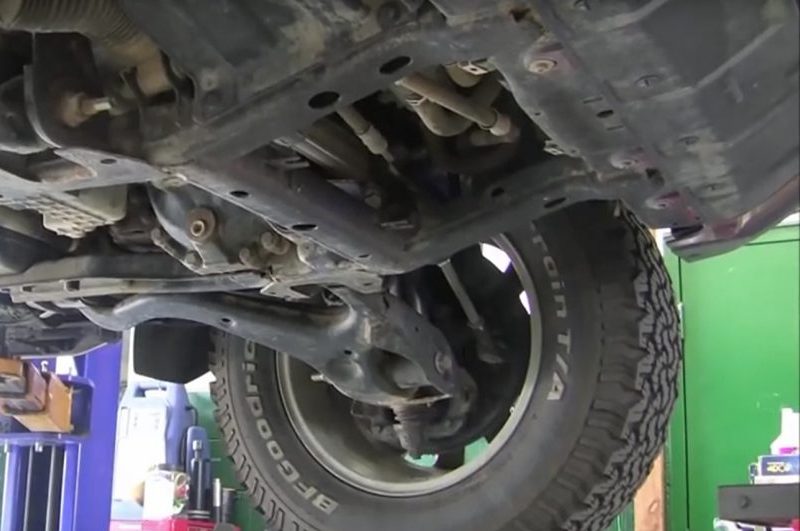When replacing the front lower suspension arms on the Land Rover Discovery III/IV or Range Rover Sport, it is not uncommon for the job to throw in a curve ball. First Line offers some help.
Overview
Under normal conditions, the arms will typically need replacing at around 75-85,000 miles due to wear of the rubber bushes, which are uneconomic to replace in isolation. This wear can sometimes also affect the ball joint on the tie rods. An indication of a worn bush/ball joint can be a clunking noise or the steering may start to feel a little loose or even wobble under braking.
Although the job of replacing the arms – which should always be replaced in pairs – will generally start well, it is when removing the rear bush bolts that the problems can occur. The bushes in the arm have a metal sleeve running through them, which the bolt goes through. Over time, and when exposed to the elements, these can rust solid and fuse with the sleeve, making them near on impossible to loosen or drive out.
Experienced technicians will often try to find a way round the problem, but if penetrating oil and a bit of elbow grease or an induction heater doesn’t release it, then the only option left is to cut through the suspension arm just in front of the bush, in order to reach and continue to cut through to the bolt at the front of the bush, to enable its full removal.

The process
The job requires a four-point lift and, once the front wheels have been removed, the axle bolts unscrewed and the axles pushed through the hubs, the major work begins. Depending on the model, some of the arm bolts are eccentric, with a matching eccentric washer, which are used to set the camber and castor angles correctly. Therefore, before their removal, it is recommended that the existing bolts and washers are marked with a dab of paint or spray marker, where they locate in the chassis mounting. This will help position the new arm when it is installed and minimise the amount of steering realignment required at the end of the job.
Remove the tie rod ball joint nuts, followed by the lower arm ball joint nuts and then the adjacent bush bolts, which allows the arm ball joints to be disconnected from their respective hubs, along with the tie rod ball joints. Now remove the rear and front bush bolts from their chassis mountings to allow the old suspension arm to be taken off.

Irrespective of whether the bolts come out smoothly, these bolts, nuts and washers must be replaced, as over time they can lose their tolerance. Install the new suspension arms and bolts and refit all the components in reverse order from their removal, following the manufacturer’s guidelines – especially
concerning the torque settings. It is best practice from both a technical and cost effectiveness standpoint to also change the tie rods and steering gaiters at the same time. Finally, check the vehicle’s steering geometry and correct the alignment where necessary.










